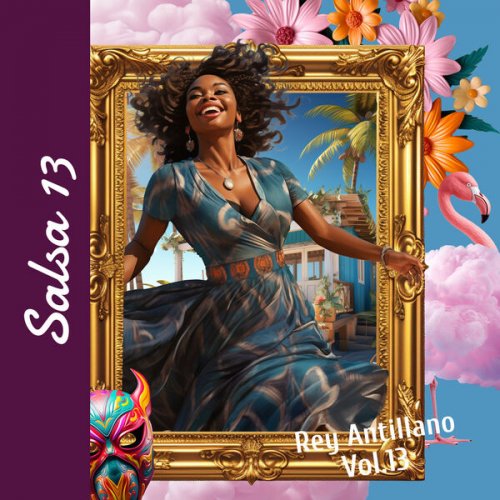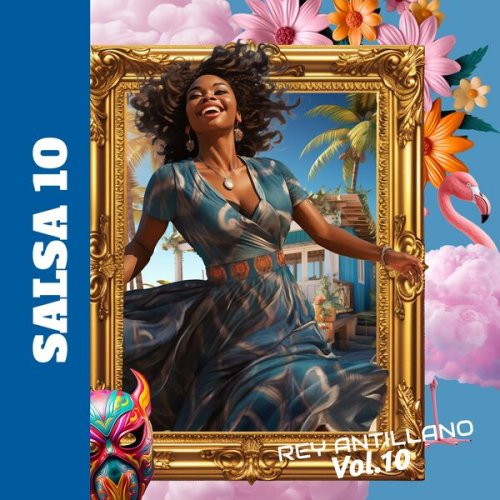Merel Vercammen, Dina Ivanova - Sarasvati (2024) [Hi-Res]
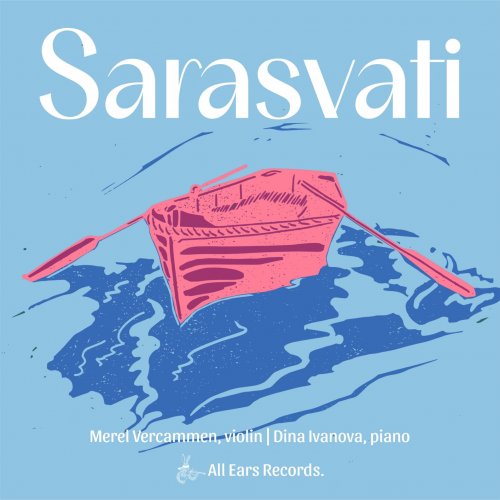
Artist: Merel Vercammen, Dina Ivanova
Title: Sarasvati
Year Of Release: 2024
Label: All Ears Records
Genre: Classical
Quality: flac lossless (tracks) / flac 24bits - 192.0kHz
Total Time: 00:54:43
Total Size: 223 mb / 1.77 gb
WebSite: Album Preview
TracklistTitle: Sarasvati
Year Of Release: 2024
Label: All Ears Records
Genre: Classical
Quality: flac lossless (tracks) / flac 24bits - 192.0kHz
Total Time: 00:54:43
Total Size: 223 mb / 1.77 gb
WebSite: Album Preview
01. Debussy Sonata for Violin and Piano in G Minor, L. 140 I. Allegro vivo
02. Debussy Sonata for Violin and Piano in G Minor, L. 140 II. Intermede. Fantasque et leger
03. Debussy Sonata for Violin and Piano in G Minor, L. 140 III. Finale. Tres anime
04. Wantenaar Petit Morceau
05. Poulenc Sonata for violin and piano, FP 119 I. Allegro con fuoco
06. Poulenc Sonata for violin and piano, FP 119 II. Intermezzo. Tres lent et calme
07. Poulenc Sonata for violin and piano, FP 119 III. Presto tragico (1949 Nouvelle version)
08. Kruusmaa Mesmerism
09. Roukens Sarasvati
In being the inaugural release on her All Ears Records label, Sarasvati symbolizes an exciting new chapter in violinist Merel Vercammen's career. In being her third album with pianist Dina Ivanova, the set does, however, establish a through-line from the new release to the ones issued before. Building on the momentum generated by Symbiosis and The Boulanger Legacy, the collaborators now augment sonatas by Claude Debussy (1862-1918) and Francis Poulenc (1899-1963) with single-movement pieces by Mathilde Wantenaar (b. 1993), Alisson Kruusmaa (b. 1992), and Joey Roukens (b. 1982). Recorded at Muziekgebouw Eindhoven, the album takes its title from Roukens' composition Sarasvati, an ancient Sanskrit word meaning “that which flows.” The word invites associations with liquid forms such as oil and water that not only exhibit fluidity of motion but being permeable also easily meld and mix with others. In the five works performed by the duo, flow of a particularly meditative kind occurs as does the intermixing of multiple cultural flavours.
Just as Vercammen and Ivanova exemplify the spirit of cross-pollination in respectively hailing from Holland and Germany, so is a like-minded spirit of openness shown by the artists and their works featured on the release. Debussy's music is quintessentially French, yet he was also inspired by the East Asian music he heard while visiting the World's Fair in Paris. Similarly, Mathilde Wantenaar is a Dutch composer, yet Petit Morceau, the work she wrote for the 2024 Dutch Violin Competition, is French-inspired, and in his writing Roukens, also Dutch, is influenced by French composers as well as music from Asia. Another thing connecting the sonatas, beyond the shared nationality of their creators, is that both were written during time of war, WWI in Debussy's case and WWII in Poulenc's.
In being his last completed work, Debussy's Sonata for Violin and Piano in G Minor, L.140 holds a special place in the composer's canon. Before his March 19818 death, he premiered the piece on May 5, 1917 with violinist Gaston Poulet accompanying the composer on piano. His openness to sounds beyond France's borders is intimated by hints of Spanish and Hungarian music, with Vercammen mentioning in liner notes that the latter might be attributable to his having seen a Romani violinist play while visiting Budapest in 1910. Speaking of quintessential, the work's opening movement, marked “Allegro vivo,” has Debussy's fingerprints all over it, not only in the sparkling piano accompaniment but in the evocative swoon of the violin. Bent notes by the latter arrest the ear, but there's much else besides that tantalizes. While violin figures in the central movement suggest a jazz influence, it's the general playfulness of the material that's most endearing. The finale oscillates between calm and animation, with Vercammen gracing the movement with impressive runs and double-stops.
Poulenc wrote his Sonata for Violin and Piano, FP 119 in tribute to Spanish poet Federico Garcia Lorca, who was executed in 1936 by fascists during the Spanish Civil War. Opening with a dramatic flourish, the piece plunges into an aggressive “Allegro con fuoco” that sees Vercammen deftly alternating between bowing and plucking. In the passion with which the music rises and falls, a Wagnerian quality emerges as part of the stylistic fabric. The peaceful intermezzo at the work's centre offers an enrapturing rest-stop that in its closing moments turns mysterious and enigmatic. By stark contrast, the “Presto tragico” (1949 version) concludes the piece with the gleeful effervescence of a hoedown.
The other composers acquit themselves well. Short yet memorable, Petit Morceau by the Amsterdam-born Wantenaar enchants from its first dance-like flurry to the lyrical outpouring that follows and the plaintive and fragile passages that come after. Currently Tallinn-based and considered one of today's most promising young Estonian composers, Kruusmaa wrote Mesmerism when she was studying in Milan and first appeared as a 2014 piece for clarinet and piano. Much more so than the others, Kruusmaa's tremulous, slow-motion expression registers as an atmospheric exercise in tone and texture more than a conventional melody-driven piece.
Given that Roukens himself has characterized his music as a fusion of multiple genres that's built from a musical language “easily capable of plastically transforming from one type of music to another in a natural way,” Sarasvati might be regarded as representative of his style and approach. Numerous shifts occur over the course of the thirteen-minute duration, yet each change feels true to the natural development of the material. From the serene splendour of its beginning to the frenzy it gradually reaches, the music evolves without losing its sense of flow or coherence. Consistent with the composer's eclectic sensibility, echoes of Indonesian gamelan music emerge in the piano patterns and an Indian raga influence in the undulations of the violin.
Vercammen and Ivanova perform superbly throughout the release and handily meet the many challenges these wide-ranging works present. As the lead soloist, the violinist shoulders the heavier load and never falters, but the pianist is unerring too. Whether the material calls for tenderness, serenity, or floridity, the musicians rise without fail to the occasion, and Sarasvati consequently impresses as a satisfying first offering from the violinist's label.
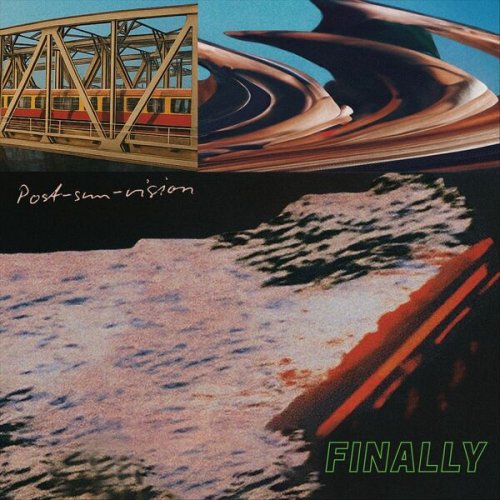
![Jeffery Scott Greer - Volume 4 (2025) [Hi-Res] Jeffery Scott Greer - Volume 4 (2025) [Hi-Res]](https://www.dibpic.com/uploads/posts/2025-12/1765495193_ok6khr4vmh5lk_600.jpg)

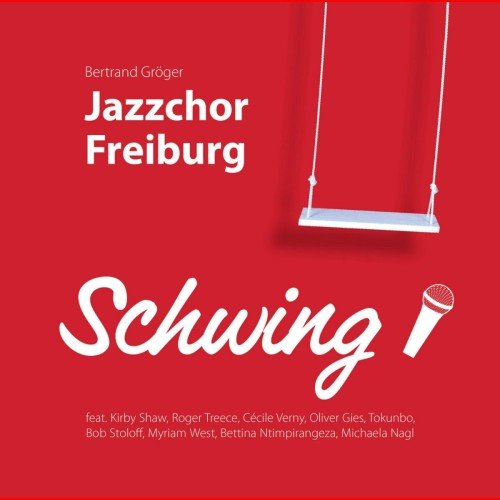
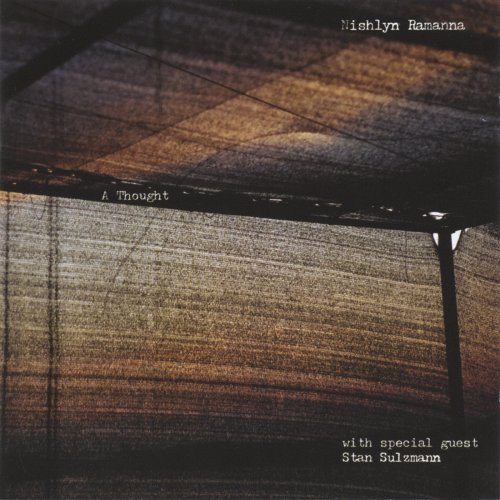
![Sam Dillon, Andrew Gould - Trade Off (2025) [Hi-Res] Sam Dillon, Andrew Gould - Trade Off (2025) [Hi-Res]](https://www.dibpic.com/uploads/posts/2025-12/1765497612_e7q3c9soiingb_600.jpg)
![Posey Royale - The Real Low-Down (2025) [Hi-Res] Posey Royale - The Real Low-Down (2025) [Hi-Res]](https://www.dibpic.com/uploads/posts/2025-12/1765494723_zbd6vfngwwskb_600.jpg)
